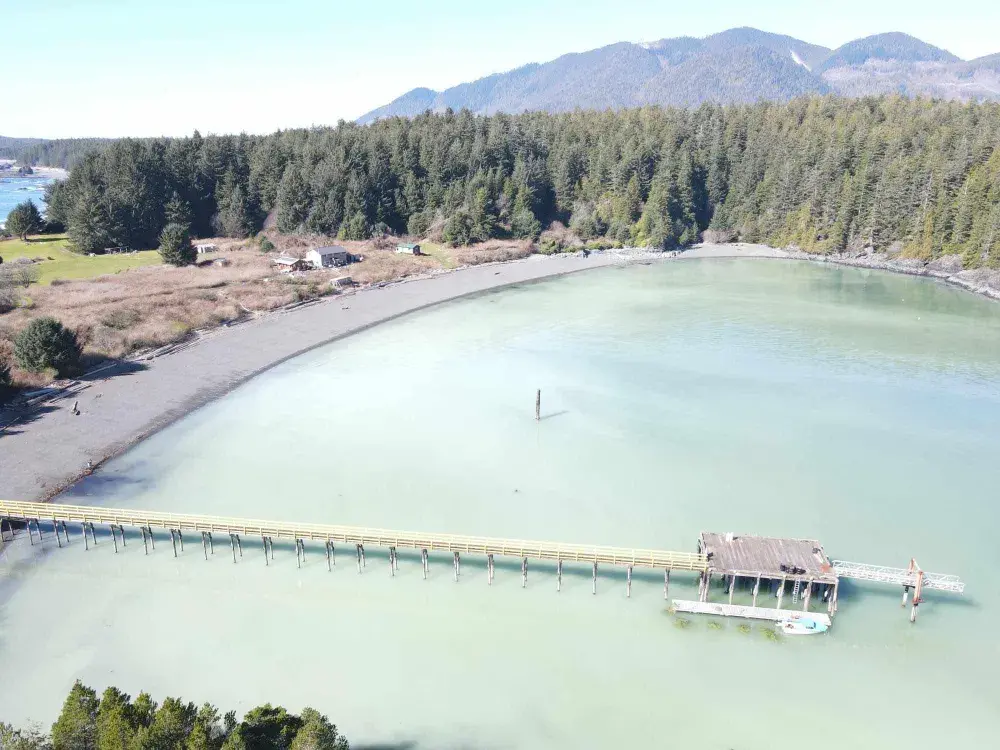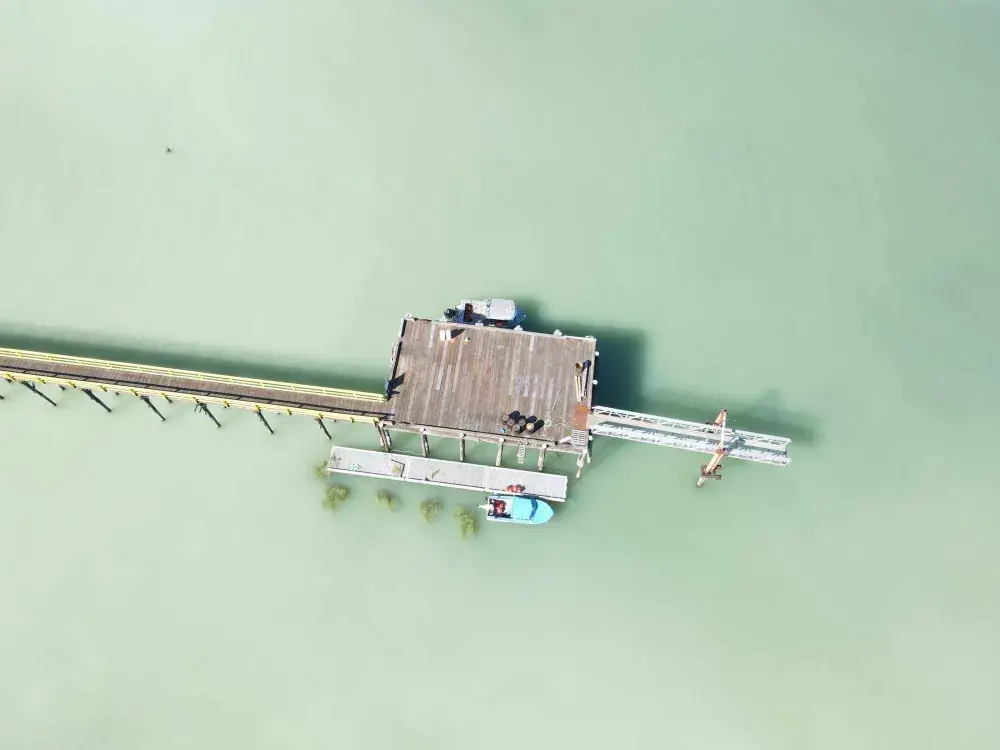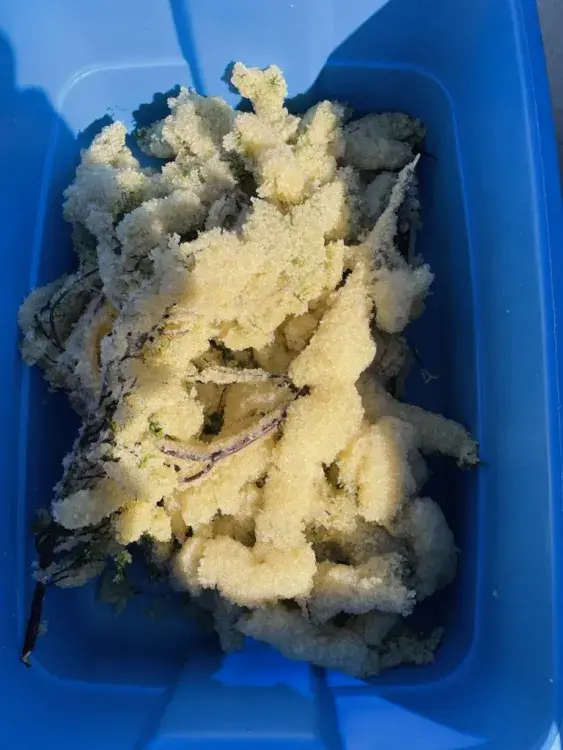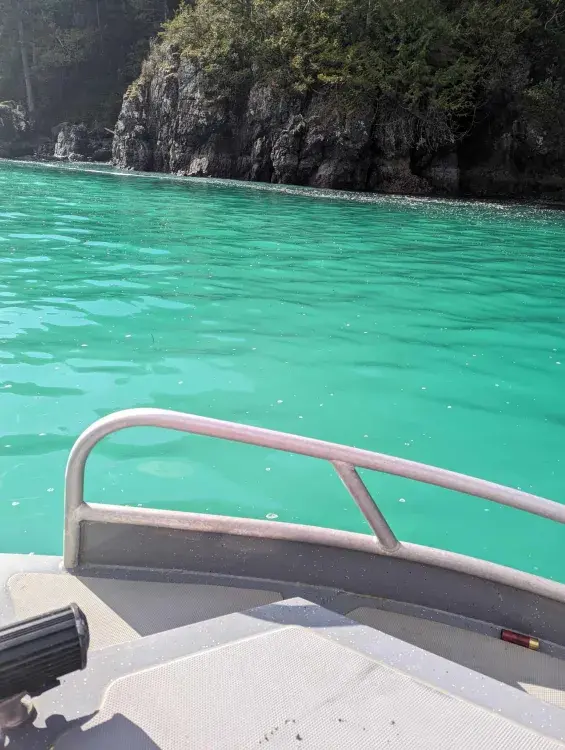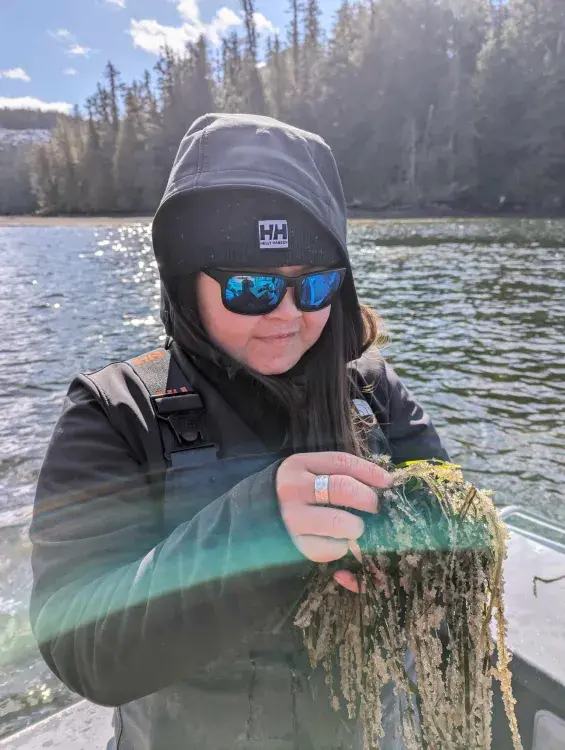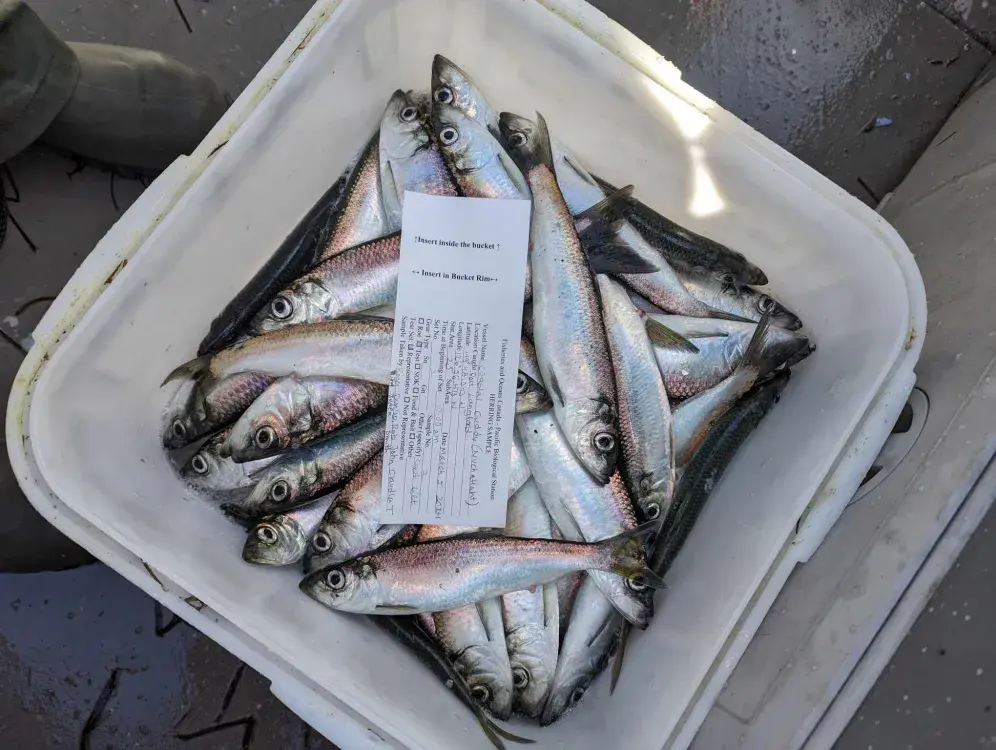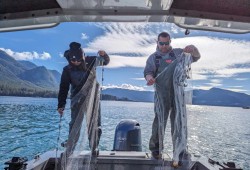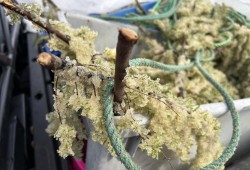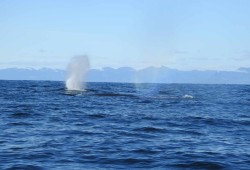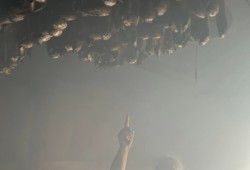They are here in abundance – k̓ʷaqmis/siiḥm̓uu/siix̣bu/Indigenous Easter eggs – herring eggs are here and coastal First Nations are excited.
Up and down the coast of Vancouver Island the seagulls are flocking while whales, seals and sea lions are feasting as herring approach the shoreline to release their gold.
According to Fisheries and Oceans Canada the Pacific herring are found from Baja California in the south to the Beaufort Sea in the north.
“The Pacific herring fishery started in British Columbia in the 19th century and became the major pelagics fishery after the collapse of the Pacific sardine in the late 1940s,” stated the DFO.
It seemed the Pacific herring were headed for the same fate as the Pacific sardine when stocks began a noticeable decline as far back as the 1980s. In 2014 DFO reported that the west coast Vancouver Island stock persisted in a low biomass, low productivity state.
In 2017, Ha-Shilth-Sa reported that the Nuu-chah-nulth Ha’wiih were so concerned about the low herring stocks that they demanded the closure of the commercial herring fishery in 2018.
“Based on reports and observations from fishers and members on the continued lack of herring and herring spawn in our territories in 2017, Nuu-chah-nulth Ha’wiih direct the Department of Fisheries and Oceans that only food and ceremonial fisheries will be permitted for a period of up to four years or until there is agreement between Nuu-chah-nulth Nations and DFO that the WCVI herring populations have recovered,” reads a statement from a meeting between DFO officials and the Nuu-chah-nulth Council of Ha’wiih on Oct. 8, 2017.
With the commercial herring fishery closed since 2006, the species have responded with a magnificent display in late March 2024. It started with short bursts of spot spawns in mid March, bringing with it marine wildlife excited for the feast of herring.
The NTC’s Uu-a-thluk department wrote in its newsletter, “our ƛusmit (herring) are spawning in Nuu-chah-nulth territory, a feast for seagulls, sea lions, whales and humans alike. Nuu-chah-nulth Nations are harvesting and distributing k̓ʷaqmis/siiḥm̓uu/siix̣bu (herring roe) within their communities, a nourishing food source Nuu-chah-nulth-aht have relied on for millennia.”
On the weekend of March 16, Nuu-chah-nulth residents as far north as Kyuquot and those living in Ucluelet were reporting that the spawn had started.
Dianne Ignace in Hesquiaht said a pod of the rare fin whale was spotted offshore of Hesquiaht, frolicking with sea lions and seagulls that were feasting on the incoming schools of herring.
“Jeff (Ignace’s son) went 10 miles offshore off Estevan light to look at some whales he could see spouting, real big spout,” she shared.
“They turned out to be four huge fin whales and a humpback,” Ignace said, adding that photos taken of the whales were shared with a biologist to confirm the species. “The biggest one was about 60 feet long and its spout spurted about 20 feet high.”
By the end of the weekend, Ignace reported that the herring had come closer to shore in Hesquiaht and the spawn had started. In another part of Hesquiaht Harbour, Steve and Karen Charleson joined by some of their family caught some herring and loaded up their smokehouse.
Darrell Williams in Yuquot reported that the spawn started in their harbour on Friday, March 16. He was able to get drone shots of the scene, where the water in the entire basin turned a milky jade greed from the spawn. He tied branches off of the float where the boats land to harvest some k̓ʷaqmis.
Ahousaht members living in urban areas were excited to receive k̓ʷaqmis on branches – a gift from their Ha’wiih and Maaqutusiis Hahoulthee Stewardship Society. It was the first time in years that they could eat this rare treat from their homelands.

